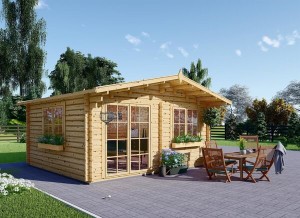Growing Tabasco peppers is quite easy, and the results are sure to show soon enough. These peppers come in handy when preparing dishes and you can make the most of them by preparing tabasco sauce. Thus, read on if you want to know all about tabasco pepper: how to grow it and make a perfect sauce.
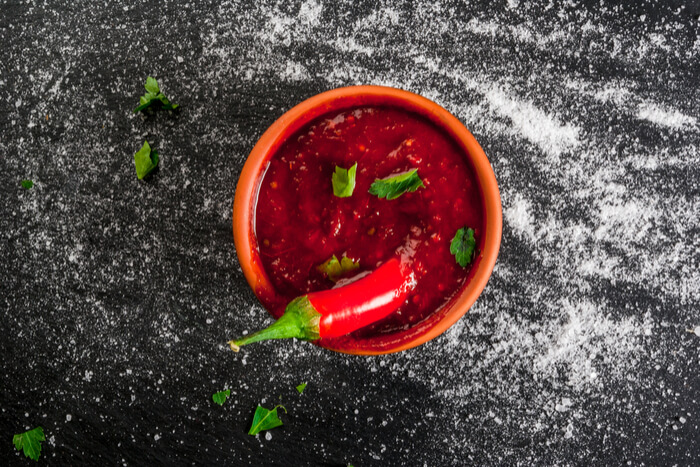
Cultivation
Preparations
Start by visiting your local nursery where you can learn more about this hot pepper as well as the conditions in which it thrives in your region. This knowledge will come in handy in later stages.
Site Location
You should note that this pepper will do well when it receives an adequate amount of heat. If you live in a region where the sun is pretty hot, you will have success growing this pepper both indoors and outdoors. As such, look at spots in your garden with access to the sun for most of the day or at least six hours each day. If you live in an area with desert-like conditions, it will serve you to have some shade in the selected site to prevent the peppers from getting sunburnt.
Suppose you live in an area that tends to receive lots of rainfall, it is essential that the spot you choose has well-draining soil. Exposure to water for extended periods drowns out the peppers and will result in less production. If you find that the outdoor conditions are not suitable for the growth of the peppers, you could plant them in a wooden shed where you have control and can make adjustments accordingly.
Starting the Peppers
The location in which you plant the peppers will depend on your climate. People near the equator can start them outdoors. People further from the equator should start their seeds indoors where they can protect them until it is time to transplant them once the weather is right. You can also opt to start the peppers from starts where you don’t have much experience with gardening or wish to save time.
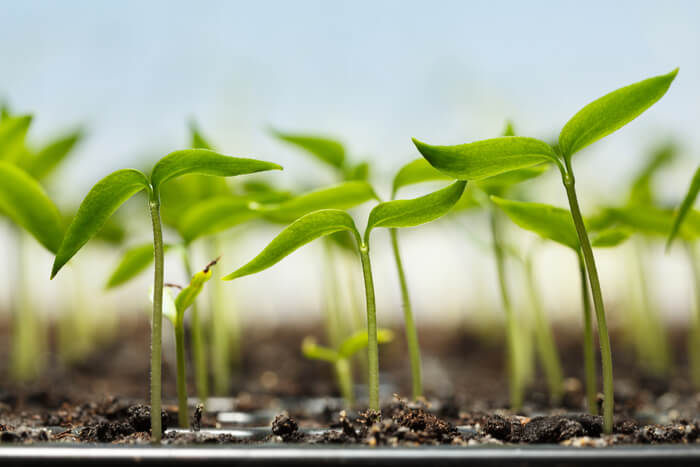
Growing seedlings is quite easy, and all you need to do is to schedule their planting six weeks before the transplanting period, which should be after the last frost date.
Soil Preparation
You need to look into the conditions of your soil and whether it can support the peppers. Where the quality is low, you need to make adjustments geared towards making it suitable for the growth of peppers. Well-draining soil that is rich in nutrients is best. Thus, adding some sand to the soil should do the trick where drainage seems to be a problem. Work some compost into the soil at least a month before transplanting the seedlings to the outdoors. Potassium is important here and where your soil has low levels of this, buy a fertilizer that can help you in this regard.
The pH of your soil also affects how well the peppers grow, and you should aim for a range of between 6.5 and 7. The better the conditions of your soil, the faster and healthier your peppers will grow.
Planting
Start the seeds by placing them in a damp towel which you then fold and put in a plastic bag. Place the bag in a warm and dry place and allow them to germinate. This process should take two to five days, after which time you can transfer them to soil at a depth of half an inch. Ensure that the soil has compost and water the seeds daily to keep the soil moist. The seeds should have access to heat and sunlight, and the seedlings should show in a few weeks. You can now harden the seedlings and transfer them to the outdoors, or you can place them in large pots and allow them to grow in the wooden shed (check there wooden sheds).
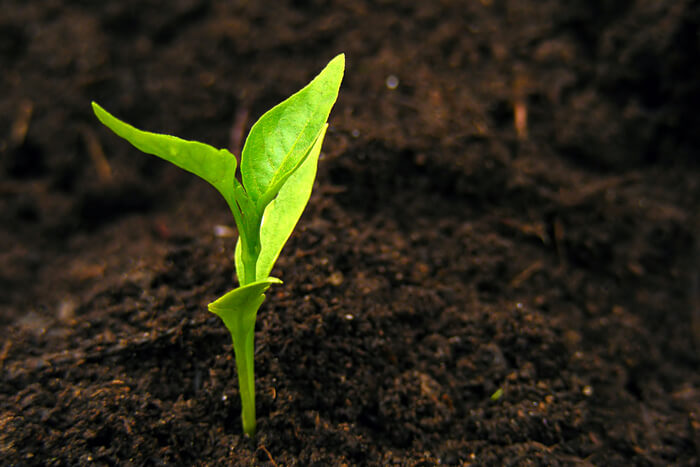
Planting in the outdoors should take place towards the last frost of spring and on a day when the sun is high to avoid the occurrence of transplant shock. With a spacing of at least one foot between the plants, growth should take place at a fast rate, provided that you regularly weed and water them. Once the peppers are ready, you can prepare a sauce as follows:
Making the Sauce
Tabasco sauce comprises tabasco chili peppers, salt, and vinegar. The taste of the sauce varies depending on the kind of vinegar in use and where the peppers originated. The process of making the sauce is quite simple. All you need to do is to combine the ingredients, cook them, strain them then store the sauce as deemed fit. Here goes:
For this, you will need a pound of fresh Tabasco chili peppers, two tablespoons of salt and two cups of vinegar.
Combination
When selecting vinegar, go for a distilled and high-quality option as it will work towards the excellence of the resultant sauce. The peppers that you use should not only be fresh, but they should also be ripe and free of blemishes. You can choose to have other peppers in the sauce too as long as they are spicy. The alternatives you pick should be red, but you are free to try different colors.
Handling hot peppers requires caution and if your skin is sensitive, wearing disposable gloves helps. When you finish cutting them, it is important to thoroughly wash your hands as you could irritate your skin and eyes by touching them with remnants of the peppers.
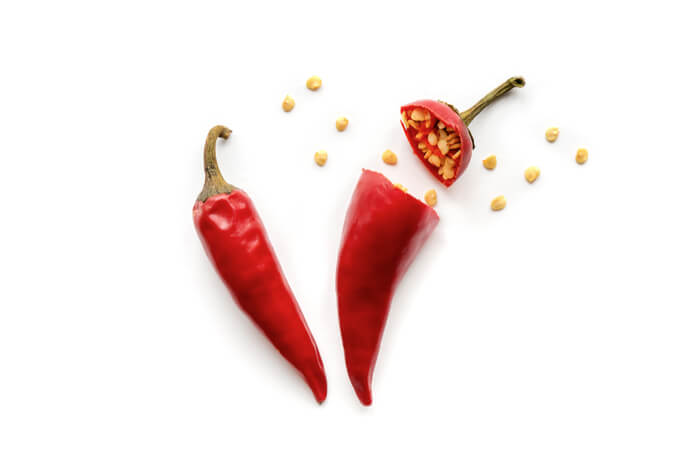
Start by removing the stems from the peppers using a knife before washing them with cold water to get rid of dirt. You can chop the pieces by hand or can use a food processor or blender to cut them.
Cooking
Place the cut peppers, salt, and vinegar in a saucepan and place it on a burner at medium heat. Bring the combination to a boil and keep stirring to ensure that nothing sticks to the pan. Turn down the heat and allow the contents to simmer for about five minutes, no more, no less. Remove the pan from the heat and keep stirring. As you do so, ensure that you do not stand over the steam as this could hurt your lungs and nose.
Straining
Allow for the contents to cool before placing the peppers in a blender. Turn on the mixer until you get a liquid sauce. Transfer the sauce into an air-tight container and let it sit in the fridge for two weeks to allow it time to steep. You can then strain the sauce to get rid of any seeds and return it to the refrigerator. It will stay fresh for over a year if well-sealed.
You can now enjoy the fruits of your hard work. All the best!


